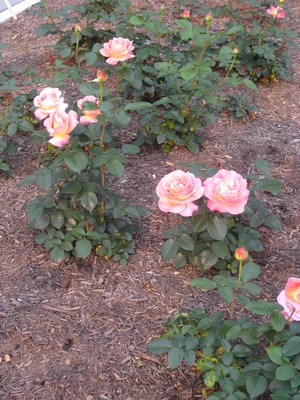A greenhouse can be constructed any time of the year. Choosing the right plastic can make the difference between live plants and dead ones.
Perhaps your construction budget is tight, and the expensive, long-lasting plastic is out of reach. Don’t fret- build your greenhouse, cover it with an inexpensive plastic to start and save for the good stuff while you enjoy fresh food.
Purchase greenhouse plastic online, or in most DIY stores.
Greenhouse plastic is heavier than regular plastics. It’s made to withstand tearing in the wind. It will withstand the UV rays of the sun and the effects of the weather for two or more seasons.
Polyethylene Plastic
Sounds like a mouthful, doesn’t it? This comes in utility grade, (6 mil) and commercial grade (12 mil or stronger). The utility grade is available at most DIY stores and is inexpensive. It will withstand one or two seasons, and if you can’t afford the more expensive plastic to start, this is a good alternative.
Note: if you’re using the utility grade and fail to replace it after two seasons, it will disintegrate into millions of annoying little pieces.
Copolymer Plastic
These are a step above the polyethylene plastics. They come in different weights or grades as well. Depending on your local weather conditions, they may last up to three seasons.
The higher grades and heavier weights mimic the effects of glass in a greenhouse, but tend to be more expensive.
With care, this plastic could last as much as five years. It does require regular washing to remove dust so the sun’s rays can get through. This plastic (PVC) is sold in sheets of four to six feet wide, and is treated for UV protection.
Polycarbonate
Of course the most expensive, but the most durable is the polycarbonate plastic. With proper care, it can last up to ten years. Special additives allow it to survive the elements, hold up in the sun’s UV rays, and mimic glass in a greenhouse.
If your area has especially cold winters, you could create a double-wall by stapling or attaching plastic sheets to the inside of the greenhouse frame as well as the outside. This is one advantage that glass does not have. Allow for ventilation flaps when weather permits, or your plants will roast.
The good thing about all plastics is the ease of repair. Simple plastic repair kits are available, as is making a patch with an extra piece of plastic and all-purpose cement. Poly repair tapes are common in DIY stores, and are also inexpensive.
Research each plastic, price, availability and it’s durability in your area before purchasing. Your greenhouse can get off to a great start, and while you save for the “fancier,” longer-lasting covering, you’ll enjoy fresh food when everyone else is eating frozen or canned.
Source: Staff Article, “4 Types of Greenhouse Plastic to Use,” Do It Yourself website, no date given
Source: Staff Article, “Greenhouse Plastic Sheeting,” Greenhouse Garden website, no date given





